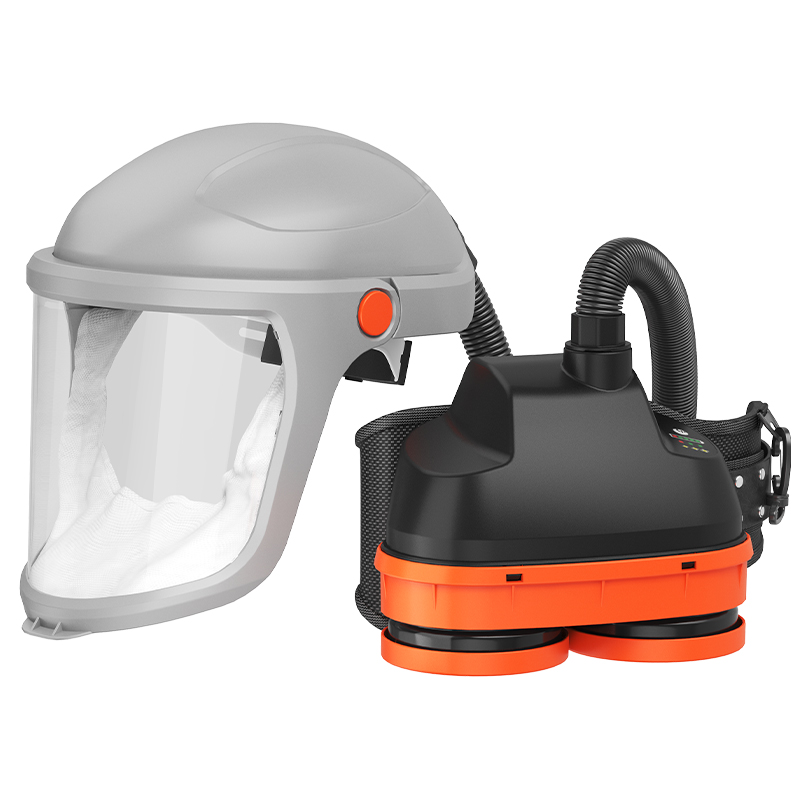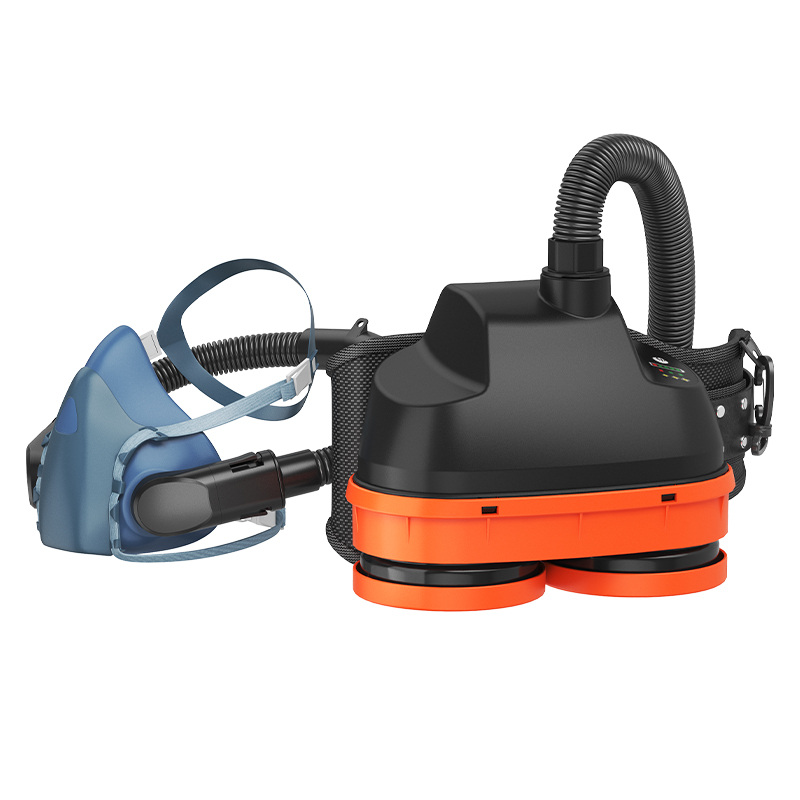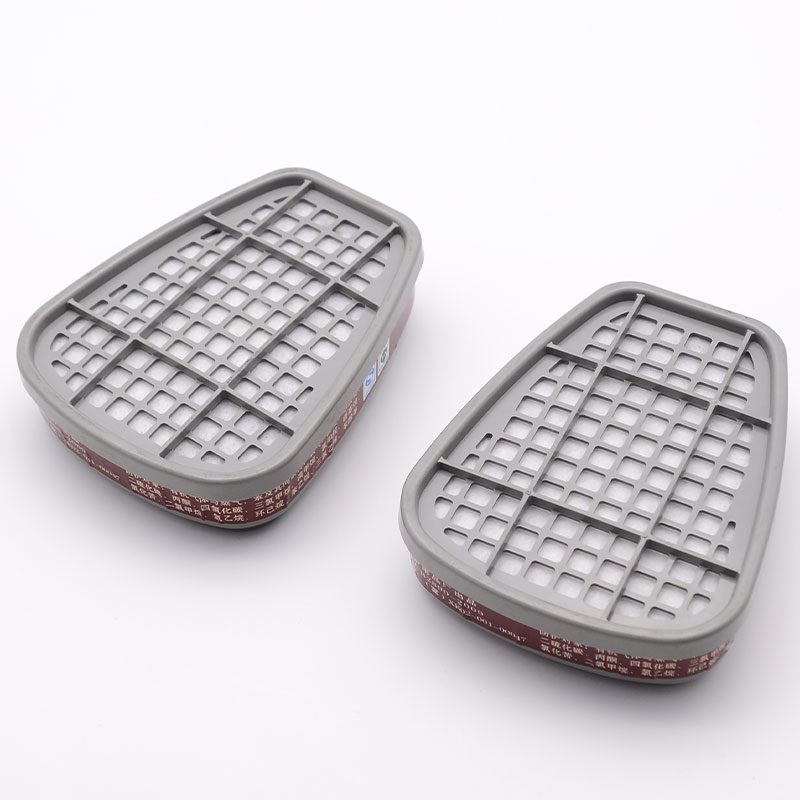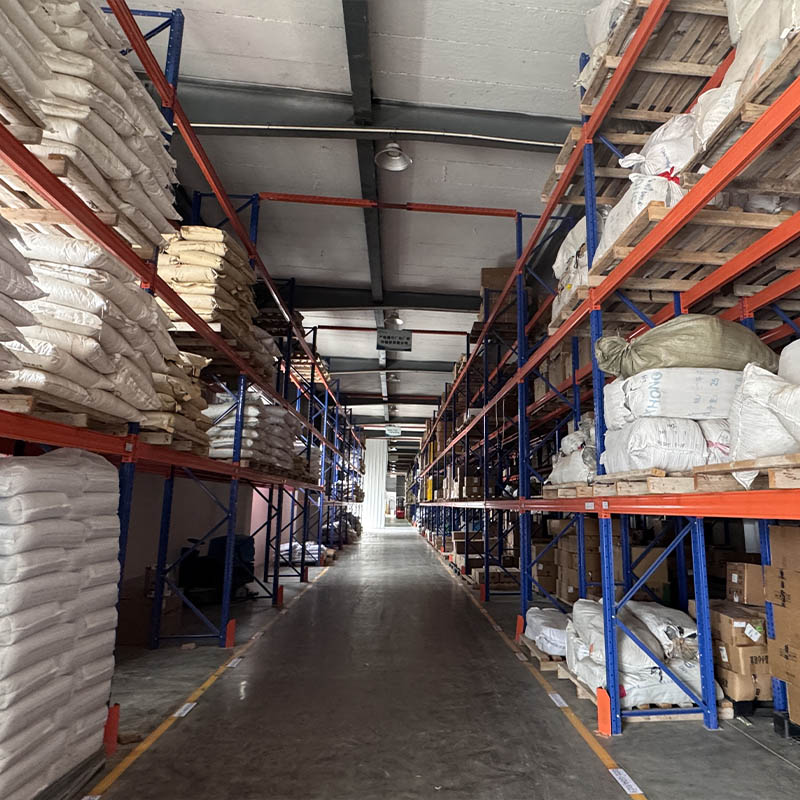Aug 19, 2025
The letters A, B, E, and K represent different types of gases/vapors, while the numbers 1, 2, and 3 after them indicate increasing protection levels. The higher the number, the stronger the protection capacity (adsorption capacity), the higher the applicable pollutant concentration, and the better the resistance to environmental conditions (such as humidity), all of which are vital for the effectiveness of a Powered Air-Purifying Respirator.
A Series (Organic Gases/Vapors)
The A series mainly targets organic gases and vapors, including substances such as benzene, gasoline, and acetone.
A1: As the basic protection level, it is applicable to low-to-moderate concentration organic vapors when used in a Powered Air-Purifying Respirator.
A2: With a higher protection level, the test concentration is usually more than 5 times that of A1, and it can function in high-humidity environments, such as painting workshops with high humidity and high concentrations of organic vapors, making it a suitable choice for a powered air purifying respirator welding in such settings.
A3: Specifically designed for low-boiling organic vapors with a boiling point <65℃. Due to the extremely strong volatility of such gases, ordinary activated carbon has poor adsorption effects. A3 filter media use special adsorbents, providing more targeted protection in a Powered Air-Purifying Respirator.
B Series (Inorganic Gases/Vapors)
The B series mainly protects against inorganic gases and vapors, such as chlorine, sulfur dioxide, phosgene and other highly oxidizing or irritating inorganic gases.
B1: The basic protection level, applicable to the protection of low-to-moderate concentration inorganic gases, such as small chlorine leaks in laboratories, when used in a powered air welding helmets.
B2: With upgraded protection capability, it is applicable to medium-to-high concentration inorganic gases. The test concentration is more than 5 times that of B1, and it can pass high-humidity tests, performing well in scenarios such as leaks of high-concentration chlorine and sulfur dioxide in chemical production when used in a Powered Air-Purifying Respirator.
B3: Targeting high-concentration or special inorganic gases, such as high-concentration phosgene and chlorine fluoride, it has higher requirements for protection capacity and chemical stability, usually used in extreme industrial scenarios with a Powered Air-Purifying Respirator.
E Series (Acidic Gases/Vapors)
The E series mainly deals with acidic gases and vapors, including hydrochloric acid, hydrogen fluoride, hydrogen sulfide, etc.
E1: The basic protection level, which can be used for the protection of low-concentration acidic gases in a Powered Air-Purifying Respirator.
E2: With a higher protection level than E1, it is applicable to medium-to-high concentration acidic gases and can effectively protect in high-humidity environments, such as pickling workshops and high-humidity + high-concentration acid mist environments near electroplating tanks, when used in a powered hood respirator .
E3: Targeting high-concentration strong acidic gases, such as concentrated nitric acid vapor and high-concentration hydrogen fluoride, the filter media contain a higher amount of alkaline adsorbents (such as potassium hydroxide) with larger reaction capacity, applicable to strongly corrosive chemical environments with a positive pressure powered respirator.
K Series (Ammonia and Amine Gases/Vapors)
The K series mainly protects against ammonia and amine gases/vapors, such as ammonia, methylamine, ethylamine and other alkaline gases.
K1: The basic protection level, applicable to the protection of low-to-moderate concentration ammonia or amine gases in a papr fitting.
K2: With a higher protection level, it is applicable to medium-to-high concentration ammonia or amine gases and can effectively adsorb in high-humidity environments, such as fertilizer factories and humid environments with ammonia leaks in cold storage, when used in a purifying respirator.
K3: Targeting high-concentration amines or mixed amine gases, the adsorbent has stronger specific adsorption capacity for amines, applicable to amine synthesis scenarios in fine chemicals with a Powered Air-Purifying Respirator.
III. The "Golden Rule" for Selecting Respiratory Protection Filter Media
When actually selecting respiratory protection filter media, especially for a Powered Air-Purifying Respirator, we need to comprehensively consider the type of pollutants in the working environment (whether particulates or gases/vapors), concentration, and environmental conditions (such as humidity). For example, in a high-concentration organic vapor environment with high humidity, A2 is a more suitable choice for the filter in a Powered Air-Purifying Respirator; for low-boiling organic gases, A3 should be selected. Only by choosing filter media that match the scenario can we truly ensure our respiratory safety when using a Powered Air-Purifying Respirator.
These seemingly complex labels are actually "compasses" for protecting our respiratory health, particularly when using equipment like the Powered Air-Purifying Respirator. For more details about our products, please visit www.newairsafety.com.
Read More



